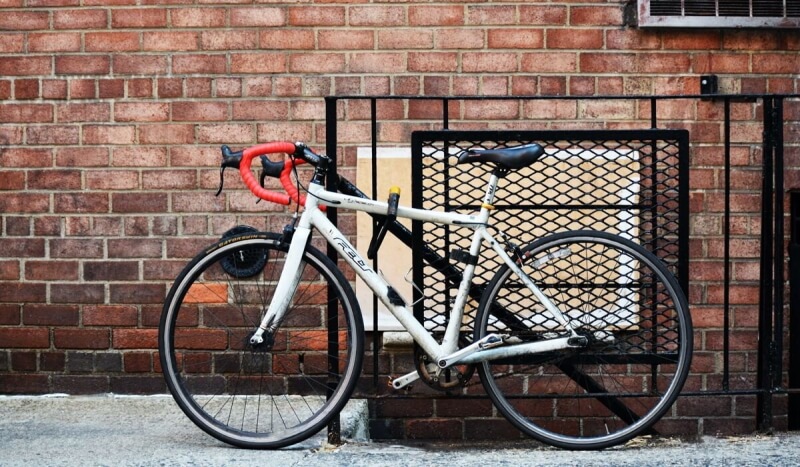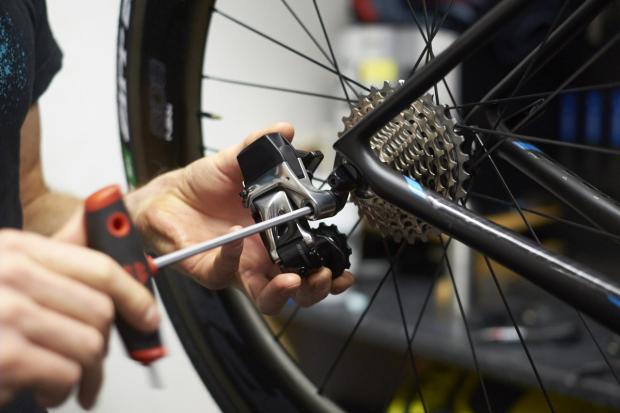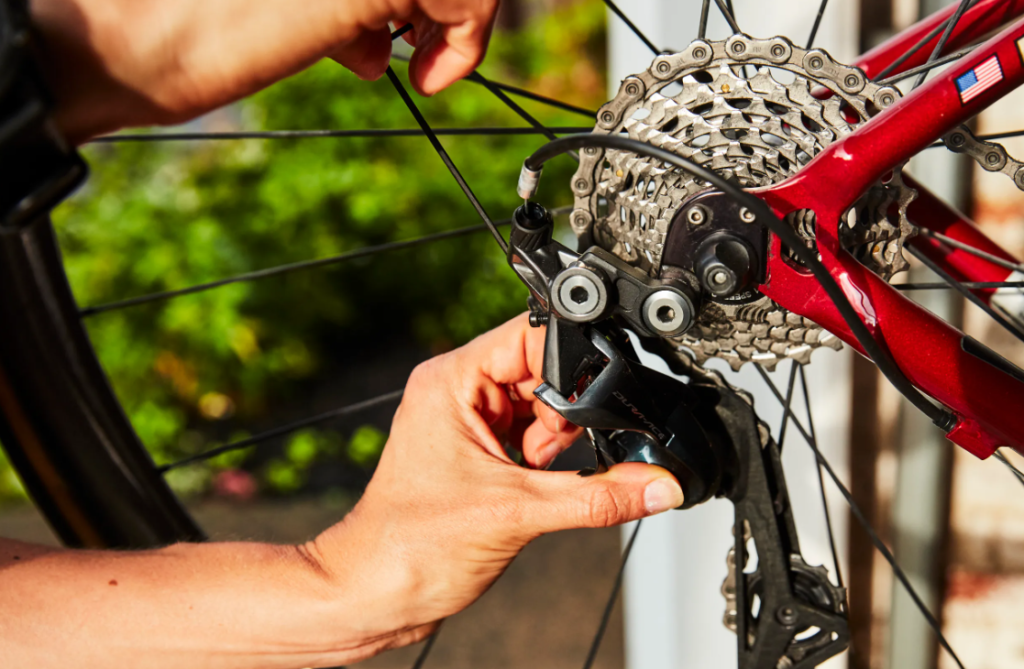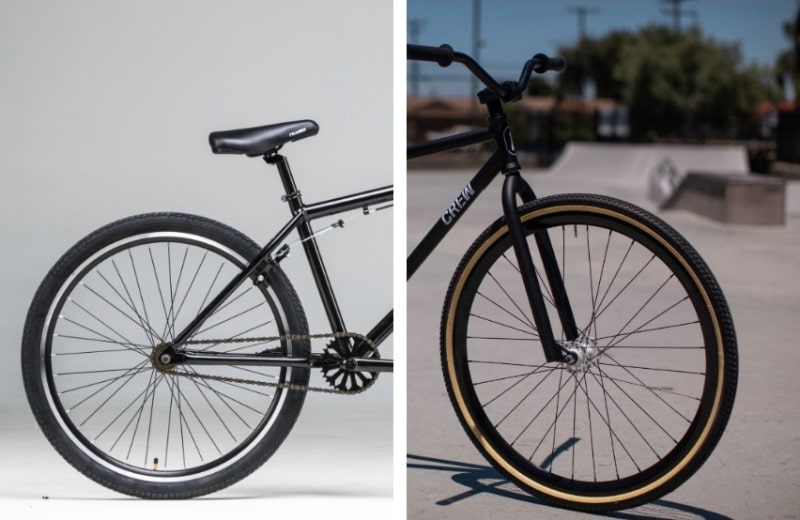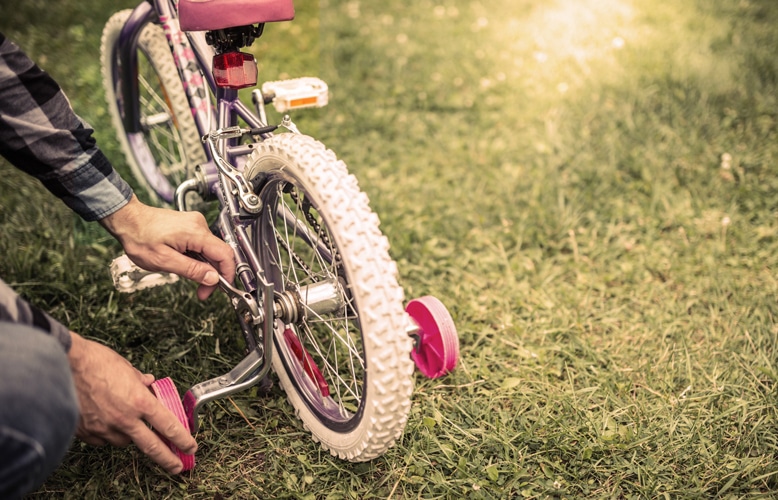- Trails
-
Bikes
-
Gear
-
Tips & Tricks
-
About us


In bike racing, the correct cycling posture could mean the difference between winning and defeat. This is especially true in road bike races like the Tour de France, where riders must maintain a streamlined position to reduce drag and increase their top speed. However, just because you’re not racing doesn’t mean bike posture shouldn’t be important to you. Often it can save you from discomfort and injury. As such, we cover why a proper bike riding posture is so important and how to get it right below.
If you ride with the wrong posture, it’s very easy for your body to tense and stiffen up, compromising riding efficiency. As a result, you’ll be spending more energy than necessary with some other sacrifices as well. Overall, this means you get tired quicker, which means you may not have the strength to reach the finish. Pro riders understand this, so they spend years perfecting their riding posture.
Also, you’ll have a harder time keeping your breath steady, not to mention riding with the wrong posture can be quite uncomfortable. Another perk of good bike posture is its improved handling. That said, it’s worth noting that the correct posture for road cycling differs from the correct posture for mountain biking.
With road bikes, you get drop bars emphasizing aerodynamics while riding, while mountain bikes come with straight handlebars for stability and easier handling.
Ultimately, here are the four elements of a correct posture for cycling.
One of the biggest signs you’re riding with the wrong posture is stiff, bunched-up shoulders. Keep them loose and as far away from your ears as possible. This may seem counterintuitive as it’s natural for them to rise and stiffen as you climb. However, with your shoulders away from your head, keeping an eye on the road in front and behind you should be easier.
On a road bike, keep your arms as close to your sides as possible while keeping the elbows bent. This should keep your joints from absorbing the impact if you hit a bump or two.
Keeping your elbows bent should also help keep your shoulders relaxed. That said, you should also keep your wrists straight throughout the ride.
With mountain bikes, you might have to flare out your hands as you keep your elbows bent, although the bike itself should help make this easier. We’ve outlined some of the best mountain bikes available, and you’ll notice they’re shaped to allow for such elbow positioning.
You often hear this piece of advice in weightlifting as it can help reduce the chances of injury in your lower back. According to InspireUS Trusted Source Neutral Spine While Deadlifting: Why It's Necessary - Inspire US Maintaining a neutral spine while deadlifting is important. Doing so leads to improving stability and reducing the overall risk of physiological injury www.inspireusafoundation.org , this is especially true for deadlifting. However, keeping a neutral spine is also necessary when riding your bike.
If your back is too straight or too rounded, you put extra pressure on your lower back. These positions will also lead to additional problems over time, including low back pain.
Ideally, your back should be relatively straight without being tensed into a line or locked out.
You may have heard of cyclists dealing with knee pain Trusted Source What Does My Cycling Knee Pain Mean? | Rothman Orthopaedic Institute Cycling knee pain is common among athletes. Learn about the nature of the orthopaedic issues that may cause knee pain among cyclists and effective treatments. rothmanortho.com . Well, it’s typically because they used the wrong position, which led to overuse of their knees. To avoid this, keep your knees in line with the balls of your feet. At no point should they bow outward, as this is dangerous and reduces your riding efficiency.
Good road bikes make maintaining correct bike posture a cakewalk, and we’ve outlined some of the best road bikes under $3000 for those looking for high-quality cycling equipment.
Also, there are other ways to help ensure good bike posture while cycling, and we delve into them below.
Naturally, riding a bike that’s too big or too small for you will make it impossible to maintain proper bike posture. Your back will either be stretched out or compressed, affecting things like arm placement, shoulder positioning, etc.
To ensure you get the right bike fit for your needs, we have a bike size chart that provides sizing information for kids and adults.
Conscious riding allows you to notice tension in specific body parts and adjust accordingly. If you feel a little tension on your shoulders, you can focus more on relaxing the muscles in this area. The same is true for your back, arms, knees, etc.
Training and stretching should also help you gain the strength and flexibility needed to maintain the correct posture. Buyers overwhelmingly recommend the Amazon Basics Yoga Mat so you can stretch before getting on a bike. It’s thick enough for shock absorption and added comfort as you stretch.
With isometric exercises Trusted Source Isometric Exercise for the Cervical Extensors Can Help Restore Physiological Lordosis and Reduce Neck Pain: A Randomized Controlled Trial - PubMed Isometric neck extension exercise improves cervical lordosis and pain. pubmed.ncbi.nlm.nih.gov for cervical extension, you can reduce the curvature in the lumbar portion of your spine, allowing you to maintain a better riding posture.
Also, an upper trap stretch should allow your shoulder area more flexibility, which should be handy when you’re riding.
Similarly, the doorway stretch will loosen pectoral muscles and front delts. These are the muscles in your chest and the front part of your shoulders, further helping you maintain a relaxed position.
With hamstring stretches, you get increased flexibility in your hips and legs which should be beneficial when trying to keep your knees in line with your feet.
Even something as minor as a quad stretch before you get on your bike can improve your short-term range of motion, allowing you to keep the correct posture for road cycling even if it’s slightly uncomfortable.
According to the University of Vermont Trusted Source Hand Numbness While Biking: What to Do | Central Vermont Medical Center On long rides, many cyclists begin to experience numbness and weakness in their hands. Over time, these symptoms can become more pronounced and can interfere with your riding. Get tips, stretches and exercises for relieving persistent hand numbness. www.cvmc.org , you may be placing pressure on the ulnar nerve with how you grip your handlebars. Some possible solutions include wearing gloves when cycling, buying softer bike grips, adjusting your hands and relaxing your elbows as described above, and getting your bike fitted.
Your posture will affect how aerodynamic your body is. This can influence factors like drag which in turn affect how fast you can go.
Whether you’re riding indoors or outdoors, you should relax your shoulders, bend your elbows, keep a neutral spine, and keep your knees in line with your feet.
If you’re looking for equipment that will allow you to cycle indoors, the BalanceFrom Bike Trainer Stand comes highly recommended by reviewers. It works on any surface, is easy to install, and offers up to eight resistance settings.
The correct cycling posture is important not just for immediate performance but for long-term injury prevention as well. As such, it’s something that you should take seriously, whether you’re a novice or experienced cyclist. Happy riding!
